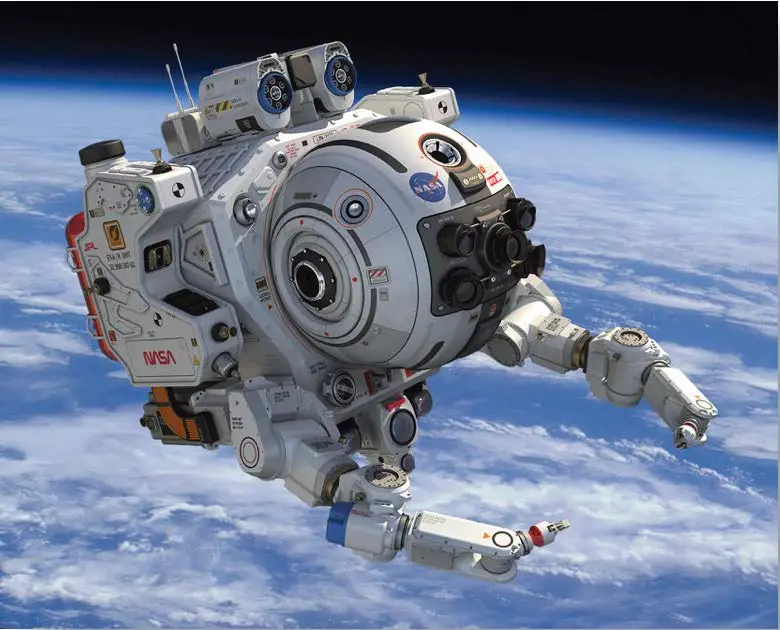The open source movement has been around for decades, but it’s only recently that open source robotics software has begun to change the business landscape. Businesses of all sizes are beginning to realize the benefits of open source robotics management system, which allows them to build custom fleets of robots that are tailored to their specific needs. This not only saves money, but also allows businesses to be more agile and responsive to changes in the market.
What is open source software and why should you care
Open source software is software that is released under a license that allows users to study, change, and improve the software. This type of software is different from traditional software, which is typically closed off and proprietary.
There are a number of reasons why businesses should care about open source software. First, open source software is more secure than proprietary software. This is because open source software is open to scrutiny by anyone who wants to look at it. As a result, open source software tends to have fewer security vulnerabilities than proprietary software.
Second, open source software is more reliable than proprietary software. This is because open source software is typically developed by a community of developers, rather than a single company. This means that open source software is less likely to have bugs and glitches than proprietary software.
Third, open source software is more flexible than proprietary software. This is because open source software can be customized to meet the specific needs of a business. In contrast, proprietary software is often inflexible and difficult to customize.
Open source robotics management systems offer businesses a number of advantages over traditional robotics management systems. For one, open source systems are typically much cheaper to implement and maintain. Additionally, open source systems allow businesses to tailor their robotics fleets to specific needs, which can lead to increased efficiency and productivity. Finally, open source systems provide businesses with a greater degree of flexibility, making it easier to adapt to changes in the market.
The future of open source robotics software
The future of open source robotics software looks bright. With the increasing popularity of open source robotics management systems, more businesses are able to take advantage of the cost savings and flexibility offered by these systems. Additionally, open source robotics platforms are becoming increasingly sophisticated, making it easier for businesses to deploy custom fleets of robots. As open source robotics software continues to evolve, we can expect to see even more businesses embracing open source solutions.
If your business is looking for a flexible and cost-effective way to manage its robotics fleet, then an open source solution may be the right choice. With the ability to tailor your robots to specific needs and the flexibility to adapt to market changes, open source robotics management systems offer a number of advantages over traditional solutions.
Open source software is software that can be freely used, changed, and shared by anyone. This open licensing model has led to the development of a number of popular open source projects, including the Linux operating system and the Firefox web browser. Open source software offers several advantages over traditional proprietary software, including cost savings, flexibility, and increased security. => open source robotics is software that can be freely used, changed, and shared by anyone. This open licensing model has led to the development of a number of popular open source projects, including the Robot Operating System (ROS) and the Player Project. Open source robotics offers several advantages over traditional proprietary robotics solutions, including cost savings, flexibility, and increased security.
The open source movement has gained significant momentum in recent years, with a growing number of businesses and organizations embracing open source solutions. The open source model is particularly well suited to the development of robotics software, due to the need for flexibility and customizability. Open source robotics software platforms offer a number of advantages over traditional proprietary solutions, making them an attractive option for businesses and organizations of all sizes.
The open source movement is gaining significant momentum in recent years, with a growing number of businesses and organizations embracing open source solutions. The open source model is particularly well suited to the development of robotics software, due to the need for flexibility and customizability. Open source robotics software platforms offer a number of advantages over traditional proprietary solutions, making them an attractive option for businesses and organizations of all sizes.







